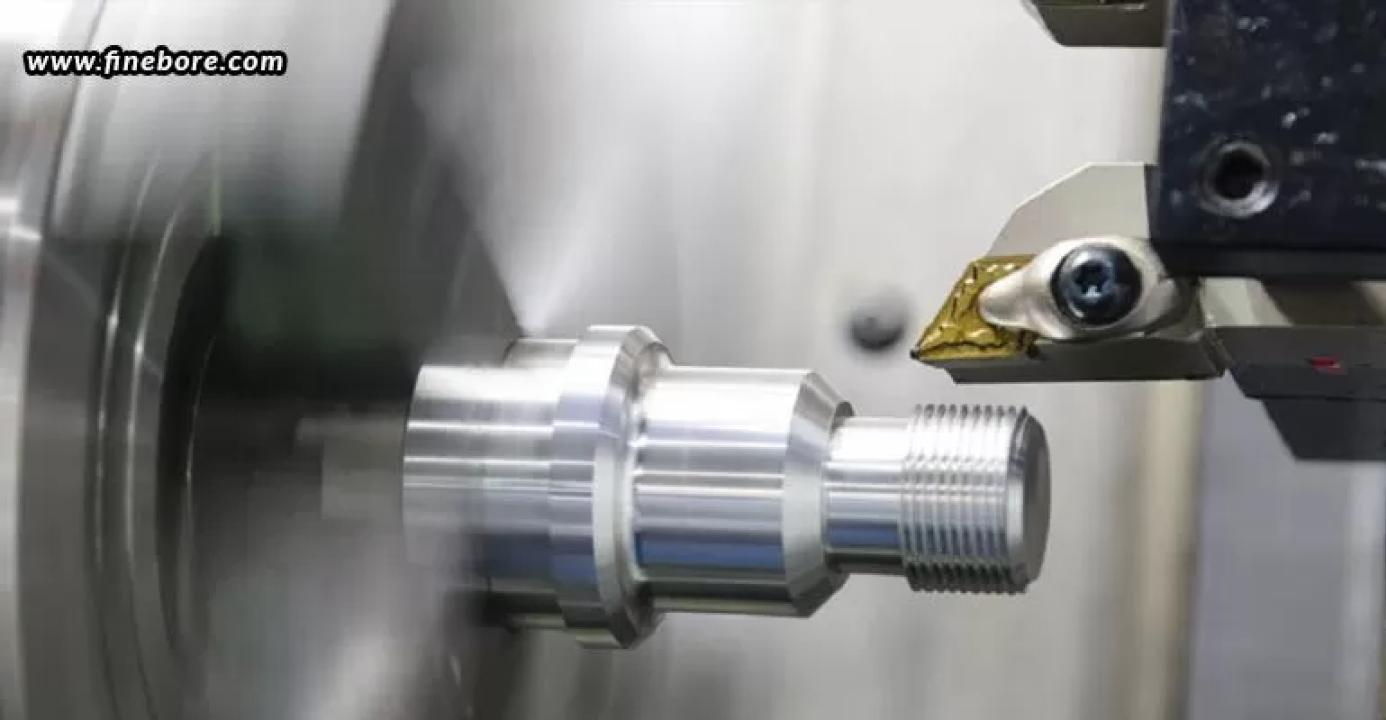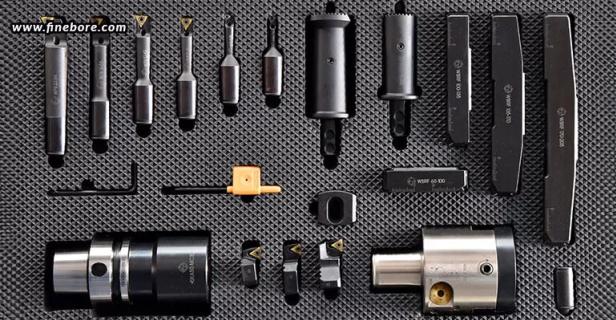Cutting parameters have profound effects on the performance of boring bars, which are essential equipment in precision machining. By fine-tuning these variables, you can guarantee effective material removal, improve surface quality, and prolong tool life. In order to get high-quality results and preserve tool integrity, cutting conditions must be properly optimized. Cutting conditions define the interaction between the cutting tool and the workpiece during machining. This tutorial examines the effects of feed rate, spindle speed, and cutting depth on boring bar performance and offers helpful suggestions for modifying these parameters to achieve optimal results.
Feed Rate
The effectiveness of material removal and the calibre of the surface finish are significantly affected by the feed rate – the speed at which the tool moves through the material. Vibrations, poor surface quality, and excessive tool wear can all be caused by an excessive feed rate. On the other hand, excessively low feed rates might result in longer cycle durations and ineffective machining.
The material being machined must be taken into account in order to optimize the feed rate. While softer materials like aluminium may withstand greater feed rates, harder materials like stainless steel usually require slower feed rates to avoid tool damage. The ideal feed rate is also influenced by the boring bar’s geometry. To prevent excessive wear or chatter, modifications may be necessary for tools that have bigger diameters or specialized designs.
Finding the optimal feed rate might be facilitated by making trial cuts. As you check tool performance and surface finish, begin with a conservative feed rate and gradually increase it. Additionally, for acceptable feed rates, always refer to the tool manufacturer’s specifications. These suggestions offer a dependable beginning point for attaining ideal machining outcomes.
Spindle Speed
The revolutions per minute (RPM) of the spindle has a major impact on heat production and cutting efficiency. While higher spindle speeds can improve cutting efficiency, improper management may lead to excessive heat and increased tool wear. Lower spindle speeds, on the other hand, might reduce cutting forces but could result in poor surface finish and longer machining times.
Consider the compatibility of the material and the tool while modifying the spindle speed. Softer materials can benefit from higher spindle speeds, whereas hard materials often need lower spindle speeds to save heat and avoid tool wear. To provide the best cutting conditions, spindle speed and feed rate must be balanced. While too low a spindle speed might lead to poor cutting performance, excessive spindle speed in conjunction with a high feed rate may accelerate tool wear.
It needs efficient heat management to stop workpiece deformation and tool deterioration. Keep an eye on the tool’s and the workpiece’s temperatures, and control heat by adding coolant or changing the spindle speed as necessary. Use cutting speed calculations based on tool diameter and material to get the ideal spindle speed. The formula RPM = (1000 × Cutting Speed) / (π × Tool Diameter), for example, may be used to calculate the right spindle speed for your particular machining requirements.
Cutting Depth
The thickness of material removed in a single pass, or cutting depth, is an important factor in machining and has an impact on the final surface finish. In general, shallow cutting depths minimize tool wear and improve surface finish. Deeper cuts, on the other hand, might boost machining efficiency but also raise the possibility of tool breakage and worsen surface quality.
Tool strength and stability must be taken into account in order to maximize cutting depth. Make that the machine configuration and boring bar can handle the required cutting depth. To facilitate deeper cuts without sacrificing functionality, choose tools with sufficient hardness and strength. Cutting depth is also influenced by the characteristics of the material; softer materials may withstand deeper cuts without suffering any negative consequences, whereas tougher materials often need shallower depths to prevent excessive tool wear or vibration.
It is best to make many passes at smaller depths for deeper cuts. This tactic can improve overall performance by improving surface quality and lowering tool load. To maximize performance and efficiency, you should also modify the depth of cut in accordance with your machining plan, balancing it with the feed rate and spindle speed.
Integrating cutting conditions for optimal performance
It’s crucial to fine-tune cutting conditions like feed rate, spindle speed, and cutting depth to maximize machining efficiency. Understanding how these factors interact, and making data-driven adjustments can significantly enhance tool performance and machining outcomes.
- It’s critical to take into account the entire influence on machining conditions since modifying one parameter can have an effect on the others as well. For example, in order to maintain performance and prevent problems like excessive tool wear or poor surface quality, raising the feed rate could need adjusting the spindle speed and cutting depth.
- It is also vital to regularly check the effectiveness of the tool, the surface finish, and the machining efficiency. Make appropriate modifications to the cutting conditions using this information. Putting in place a feedback loop where these modifications are guided by performance measurements might eventually result in improved outcomes and ongoing progress.
- Make sure the settings are valid by conducting testing before deciding on cutting circumstances. Experiments can be used to determine the ideal parameters for certain materials and equipment. By recording these outcomes, you may create a reference for machining operations in the future and make sure that any alterations are supported by experience and empirical data.
All in all, to get the most out of boring bars, and to use boring bars to their full potential, you need to understand and optimize the three cutting conditions: feed rate, spindle speed, and cutting depth. The efficiency of material removal, surface quality, and tool life may all be improved by properly controlling these variables. Consider FineTech Toolings if you’re looking for premium boring bars in Bangalore, that are customized to meet your demands, as their proficiency with precise tooling guarantees optimal performance and longevity of your equipment.



